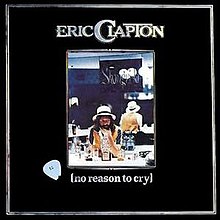
461 Ocean Boulevard is the second solo studio album by English musician Eric Clapton. It was released in late July 1974 by RSO Records, after the record company released the hit single "I Shot the Sheriff" earlier in the month. The album topped various international charts and sold more than two million copies.

Backless is the sixth solo studio album by Eric Clapton, released in November 1978. Produced by Glyn Johns, and released by RSO Records, Backless reached no. 8 on the pop charts. While the single "Promises" only reached no. 37 on the UK Singles Chart, it was a much bigger success in the US, reaching no. 9 on the Billboard Hot 100. The follow-up single, "Watch Out for Lucy", was the B-side of "Promises", but reached no. 40 on the Billboard 100 on its own merit. Later in 1980 "Tulsa Time" was #30 on the Billboard 100 with the 1977 song "Cocaine" as B-side. It was Clapton's last studio album to feature his longtime bassist Carl Radle, who died in 1980.
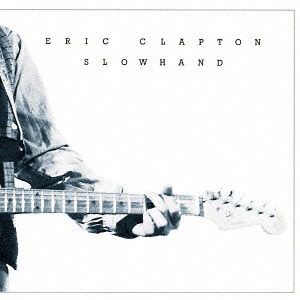
Slowhand is the fifth solo studio album by Eric Clapton. Released on 25 November 1977 by RSO Records, and titled after Clapton's nickname, it is one of his most commercially and critically successful studio albums. Slowhand produced the two hit singles "Lay Down Sally" and "Wonderful Tonight", reached various international music charts and was honoured with numerous awards and recording certifications. In 2012, a deluxe edition was released to celebrate the album's 35th anniversary.

August is the tenth solo studio album by Eric Clapton, released in 1986 by Duck Records/Warner Bros. Records. Described as a "hard R&B" album, it was primarily produced by Phil Collins, in association with longtime Clapton associate Tom Dowd.

Just One Night is a 1980 double album by Eric Clapton, recorded live at the Budokan Theatre, Tokyo, Japan, December 1979 when Clapton was touring to support Backless, his latest record at that time. The sleeve contains a Japanese painting by Ken Konno. The album reached No. 2 in the U.S. and No. 3 in the UK, and was certified gold by RIAA.

Pilgrim is the thirteenth solo studio album by the British rock musician Eric Clapton, released on 10 March 1998 for Reprise Records. The album features all-new studio-recorded material, the first to do so since Clapton's 1989 hit album Journeyman and was nominated for several music awards. Although most of the critics responded negatively to the 1998 studio effort, it was one of Clapton's most commercially successful albums, reaching the Top 10 in twenty-two countries.
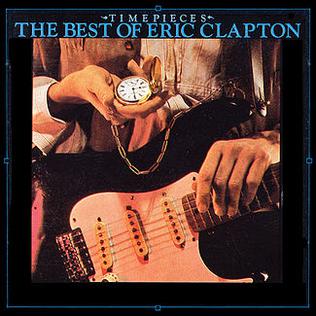
Timepieces: The Best of Eric Clapton is a greatest hits album by British musician Eric Clapton. The album was originally released by RSO/Polydor Records in April 1982. The following year a second volume, Time Pieces Vol.II Live in the Seventies, was released by the label. The album has been reissued several times and has been awarded certifications in several regions. Billboard reported the album sold more than 13,400,000 copies worldwide.
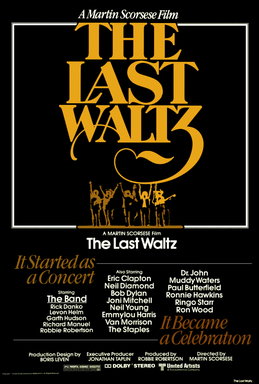
The Last Waltz was a concert by the Canadian-American rock group The Band, held on American Thanksgiving Day, November 25, 1976, at Winterland Ballroom in San Francisco. The Last Waltz was advertised as The Band's "farewell concert appearance", and the concert had The Band joined by more than a dozen special guests, including their previous employers Ronnie Hawkins and Bob Dylan, as well as Paul Butterfield, Bobby Charles, Eric Clapton, Neil Diamond, Emmylou Harris, Dr. John, Joni Mitchell, Van Morrison, Ringo Starr, Muddy Waters, Ronnie Wood, and Neil Young. The musical director for the concert was The Band's original record producer, John Simon.
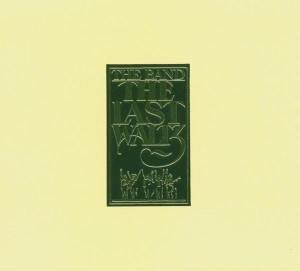
The Last Waltz is the second live album by the Band, released on Warner Bros. Records in 1978, catalogue 3WS 3146. It is the soundtrack to the 1978 film of the same name, and the final album by the original configuration of the Band. It peaked at No. 16 on the Billboard 200.

Eric Clapton is the debut solo studio album by English rock musician Eric Clapton, released in August 1970 by Atco and Polydor Records.

Behind the Sun is the ninth solo studio album by Eric Clapton, released on 11 March 1985 by Duck Records / Warner Bros. Records. It is Clapton's first collaborative project with Phil Collins who co-produced the album and played on some of the tracks. While recording the album Clapton temporarily split with his wife.

Money and Cigarettes is the eighth solo studio album by Eric Clapton, recorded after his first rehabilitation from alcoholism. Produced by Clapton and Tom Dowd with, apart from Albert Lee, a new backing band of veteran session musicians including Donald "Duck" Dunn, Roger Hawkins, and Ry Cooder. The album was moderately successful commercially, reaching Top 20 chart positions in several countries. Critical reception was lukewarm.
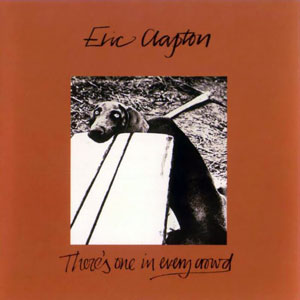
There's One in Every Crowd is the third solo studio album by Eric Clapton. Recorded shortly after 461 Ocean Boulevard, the album features a style similar to its predecessor but did not enjoy similar commercial success.

Another Ticket is the seventh solo studio album by Eric Clapton. Recorded and produced by Tom Dowd at the Compass Point Studios in Nassau, Bahamas with Albert Lee, it was Clapton's last studio album for RSO Records before the label shut down in 1983 as it was absorbed by Polydor Records. It received moderate reviews and achieved modest commercial success peaking at No. 18 in the UK charts.
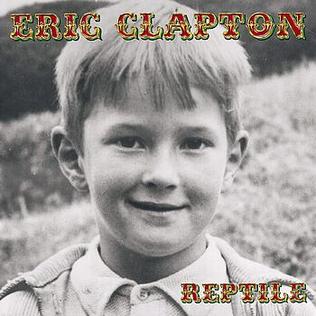
Reptile is the 14th solo studio album by Eric Clapton. The album was produced by Eric Clapton with Simon Climie and is Clapton's first album to include keyboard work by Billy Preston and background vocals by the Impressions. The album reached the Top 10 in 20 countries, topping the national album charts in three of them. In total, the album sold more than 2.5 million copies and gained several certification awards around the globe. To help promote album sales, music network VH1 streamed the album in full on TV.
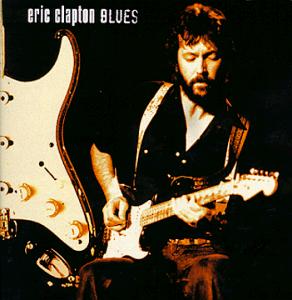
Blues is a blues rock compilation album by Eric Clapton released in 1999. The release features songs from Clapton's 1970s RSO albums, as well as some unreleased material from the same era. The second disc features live recordings.

"Carnival" is a song written and recorded by the British rock musician Eric Clapton for his 1976 studio album No Reason to Cry. It was also released as the second and last single of the studio album in January 1977. Rob Fraboni produced the recording.

"Hello Old Friend" is a country rock song, written and recorded by the British rock musician Eric Clapton. The track was released in October 1976 as the first of two singles from Clapton's 1976 studio album entitled No Reason to Cry.
"Born in Time" is a rock song written by American singer-songwriter Bob Dylan, who first released the track on September 10, 1990, on his twenty-seventh studio album Under the Red Sky. It is a reworking of a song originally recorded at the previous year's Oh Mercy sessions. The British recording artist Eric Clapton covered the song for his 1998 studio effort Pilgrim and released his take on the tune as a single. The song has been praised by critics for its catchy melody and romantic, dreamlike lyrics.
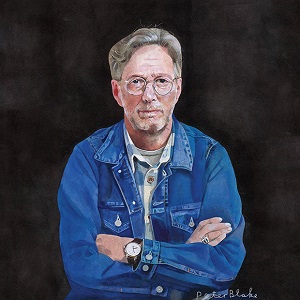
I Still Do is the twentieth solo studio album by English musician Eric Clapton. It was released through the independent Bushbranch Records/Surfdog Records label. The album is a combination of new material written by Clapton and classic songs, contemporary tunes, and influences interpreted in his own style.
